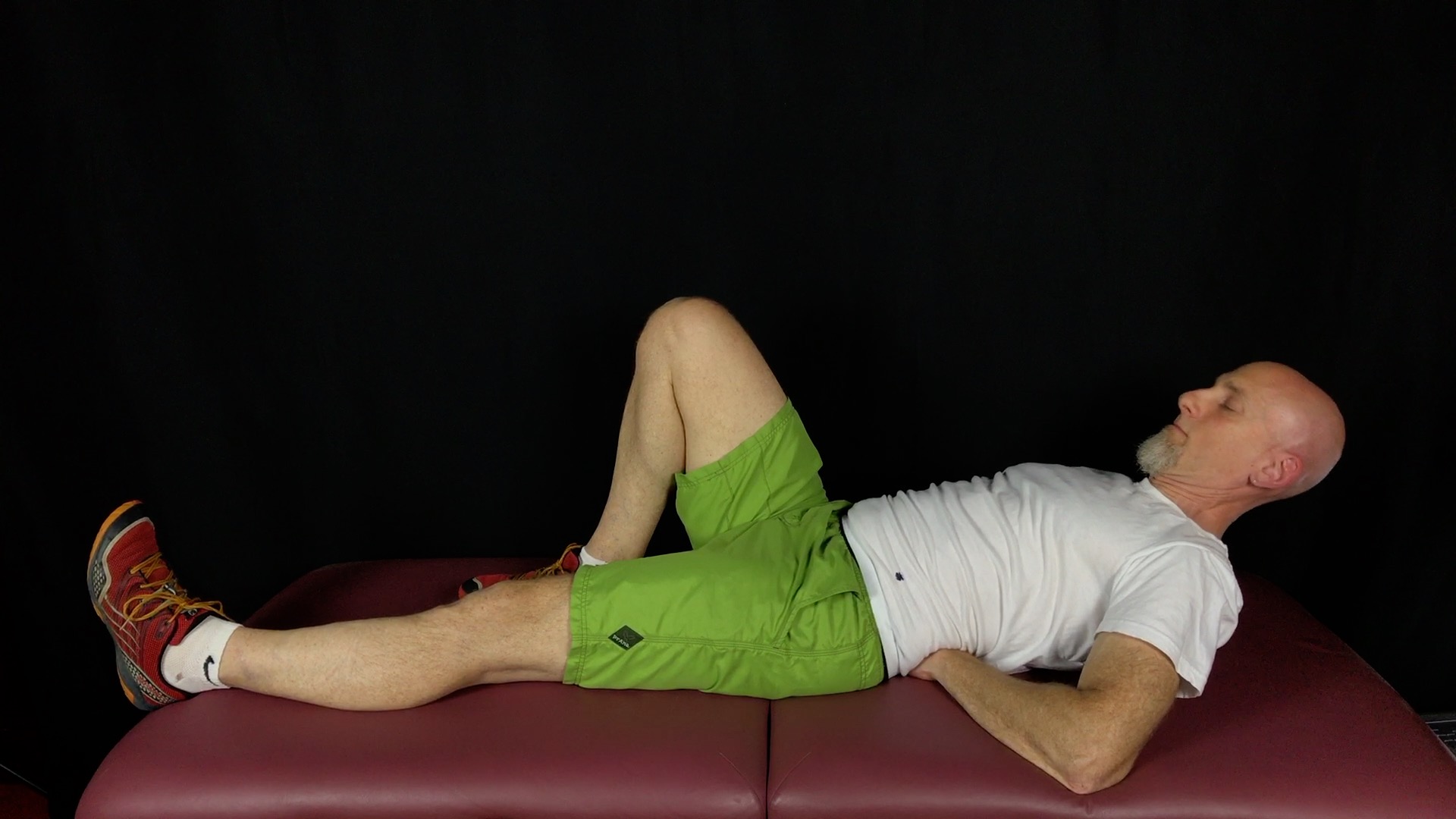Taking in The Good
In his best-selling book Hardwiring Happiness Dr. Rick Hanson describes a simple technique that has profound implications. It takes just seconds, and he calls it "Taking in the Good."
While we used to think that the brain's structure didn't change much after a certain age, we now know that it most certainly does. And the more you use your brain in particular ways the more it will change. The line that neurophysiologists like to bounce around to describe this idea is: "Neurons that fire together, wire together."
Given this, we all have the power to rewire our brains, and if we do that purposefully we can help make ourselves happier and healthier.
How Can We Change our Brains for the Better??
Life's circumstances can be challenging. Too frequently we find ourselves caught in a swirl of repetitive stressful thoughts. As those thoughts are felt in your body, they get "installed" in your nervous systems and your brain rewires accordingly. (Remember - neurons that fire together, wire together). This can cause you to respond to the world with a hairpin trigger for stressful thoughts and reactions. This is because you've rewired those neural pathways and they fire more readily now.
How can we use this mechanism to our benefit?
Why not just have more positive thoughts which would alter our neural structure for the better? Unfortunately that's only part of the answer. The problem is that our brains are very efficient at turning negative thoughts and experiences (feeling frazzled, stressed, worried, irritated, hurt) into neural structure, but we're not as good at doing the same with positive ones.
To our evolving ancestors, negative situations had more dire implications than positive ones. It was a matter of life and death to pay extra attention to bad experiences. We evolved to react to fear and stress more intensely than we did to positive circumstances and feelings because it was a matter of survival. You can find a mate or some food tomorrow, but you won't even make it until tomorrow if you're not hyper-vigilant about avoiding dangers today.
Consequently, over time our brains evolved a build-in negative bias. While this bias emerged when we lived in a very different setting than our current circumstances, it continues to operate in us today as we drive in traffic, go to meetings, try to diet and exercise, watch the news, pay the bills, etc. Your brain is always on the lookout for potential danger and it maintains a hypersensitive readiness to go negative to help you survive.
To get past this negative bias of the brain and change our brain's wiring for the good, we have to take some very purposeful time to "install" positive thoughts and feelings.
Here’s How
We all have positive experiences during the day but they're usually fleeting. Because of that we don't experience them deeply enough to get past our negativity bias to make a lasting, structural difference in our brain. What to do?? Here's how you install positive experiences so they make lasting change:
First, notice that you're having a positive experience - it can be anything and it doesn't have to be an earth-shattering experience. It can be something simple like a moment of calm during your day, a connection with another person, a small victory at work, a beautiful sunset ... anything. Once you have it, let it sink in and enjoy it. Take 10-20 seconds to really be with it, open up to it, breathe with it and feel it in your body. If possible, have the sense that it's actually changing you - that vividly being with this positive thought or circumstance is remodeling your nervous system for the better. If it helps, you can also, visualize an image that is meaningful to you to help anchor the feeling more deeply. The longer and more intensely your neurons fire together like this, the better they'll be at wiring this inner strength in your brain. Simple, right?!!!
Doing this a few times a day - like adding drops of water to a glass - can really add up over time. What could happen if you reacted just a little bit more positively to the world around you?? How would you feel? How would you be with other people? What could happen if you were able to have a smile on your face for more of the precious moments of your life?
Let me know how it goes...
Warm Regards,
Dr. Russell Charno






